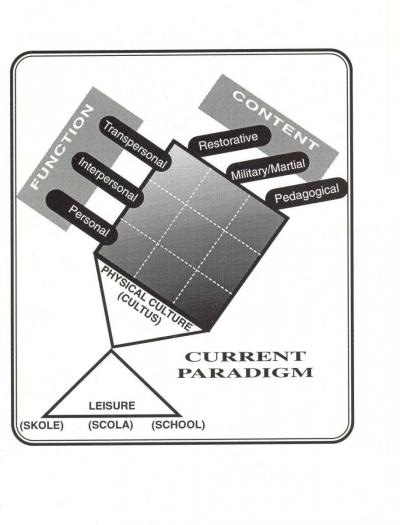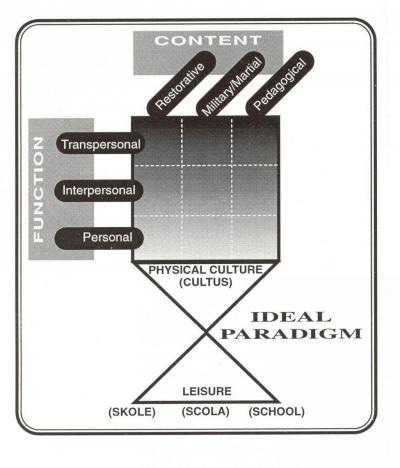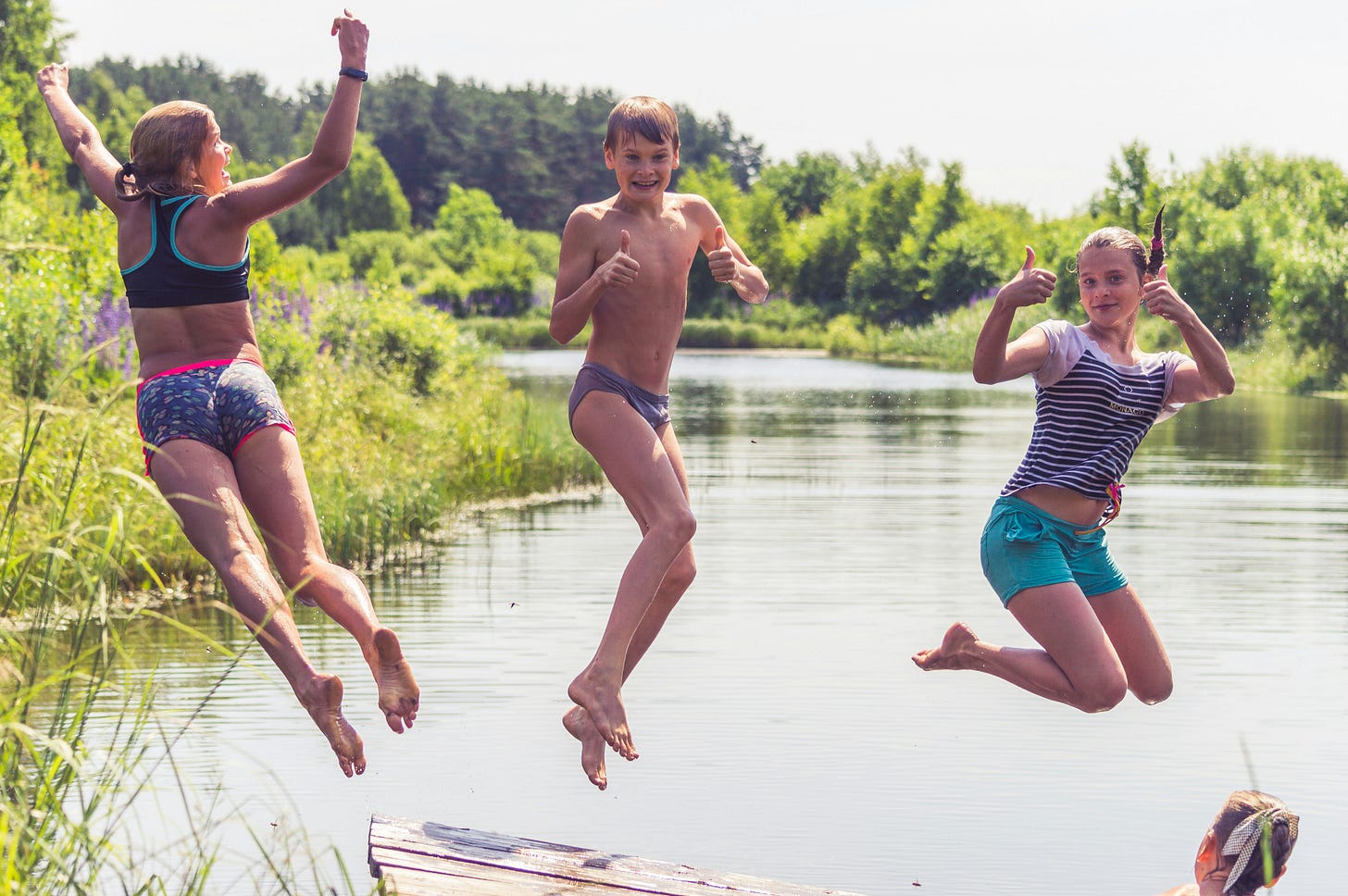Should P.E. be more 'We' than 'Me'?
“Children need to express themselves as individuals”
So goes modern thought as we create a generation of self-centred, narcissistic kids who are unable to cope with failure when it happens. Adults have allowed mega-corporations to inflict their addictive programmes onto children via smartphones.
With mental health issues, including loneliness and isolation, prevalent in society, is now a time for a more cooperative approach to physical activity?
Two teenage girls working together in our Freestyle Gymnastics class.
Politicians create culture wars rather than develop long-term strategies to improve our country and benefit the citizens. Or worse, they remove effective policies such as ‘Sure Start’ because it wasn’t their idea!
“Strivers versus Skivers” was one horrible phrase used by politicians to create disharmony amongst our population and there are many others.
But what if children lack support, guidance and opportunity to learn and improve? The erstwhile ‘strivers’ soon become disillusioned and realise that their effort leads to frustration so they quit.
Politicians who have little understanding of Physical Education could be part of the problem. They create PE curricula based on either adult-led competitive sports or a “let’s just get them moving” mantra.
Someone had the bright idea that people move when dancing, so dancing is like PE, let’s get PE teachers dancing. Dance is a form of artistic expression and is best left to those who are good at it according to the dancers themselves.
P.E. classes in the teenage years have become less about doing, and more about “theory of doing”. Children can recite 5 elements of fitness, but can’t touch their toes, let alone do a handstand. Then we send them out to play 15-a-side rugby.
We now have a generation of p.e. teachers who came through this system and are now teaching children with their limited knowledge.
A female p.e. teacher told my 14-year-old son that he was squatting wrong and should know better because his dad was a coach!
My son as a toddler: unaware that in 12 -years he would be told this was ‘wrong!’
He was doing a full range of motion, not many teenagers can do full squats thanks to their school-acquired deformities and too much time on screens.
As to girls, lots of schools have thrown their hands up in the air and think that sticking them on Wii. or a Cross trainer watching TV. is the way forward.
Would this 12-year-old girl be marked down in p.e. ? She is squatting below parallel and doesn’t like dance.
or this 15-year-old who was asked by a teacher why she was lifting weights?
I don’t understand why p.e. teachers feel the need to denigrate those pupils who are active and might know more than they do!
Physical education can be divided into three basic content areas:
According to Dr Ed Thomas of the Iowa Health and Physical Readiness Alliance in Chapter 6 of his book Rama.
1. Restorative–Techniques, obvious or subtle, that bring the body toward its optimal state of harmony and compensate for the stress of daily life.
2. Martial–Techniques, obvious or subtle, that teach appropriate offensive and defensive responses to external aggression.
3. Pedagogical–Sports, games, theoretical bodies of knowledge, and dance.
Dance, theory and games form the Modern Pedagogical part of Physical Culture: where are the Martial and Restorative components?
If you look at the following two diagrams you can see how as a society we have become off balance.
The function of physical education can also be divided into three areas:
1. Personal--The focus of this aspect is on individual health, comfort, and physical gratification. Here the self is felt to exist at the borders of the skin and the limits of personal desire. It can easily be reduced to self-indulgence but can also serve to stimulate healthy life habits.
2. Interpersonal–At this level, one’s attention turns to the needs of others. At lower levels it may be confined to family, neighbourhood, gender, race, and so forth. Higher development brings awareness that it is the duty of all able citizens to be physically and mentally prepared to defend the highest ideals of their nation and to contribute productively to its future.
Further growth will lead to the realization that national borders are superficial boundaries within an interdependent family of living organisms who share the earth.
3. Transpersonal–Cultures vary greatly in the development and understanding of obvious and subtle physical techniques that contribute to the spiritual quest. Transcendence brings the uninterrupted, moment-to-moment realisation that all things are divinely One.
Become part of the solution
Instead of pointing the finger at “skivers” or insisting on “More competitive sport” the politicians (how many went to Independent schools with a huge emphasis on games?), teachers and parents can work together on restoring the balance.
It would be great if our children could play in our rivers!
Physical culture and health are directly linked to the state of the nation. A flabby body will lead to a flabby mind.
Our duty as parents and teachers is to set an example and provide opportunities for our children to develop. That is different from “letting little Johnny be himself”.
Provide restorative exercise programmes daily. Mindfulness training, relaxation, and stretching are all useful. Switch off screens.
Get P.E. teachers educated on more than “refereeing”. That includes physical tasks such as rope climbing, gymnastics, and jump ropes.
Look to include some martial arts and self-defence class at some point: that is not pyramid-selling belt collecting, but learning how to move your own body and react to and restrain others. Wrestling, judo, and tai chi could all be done at a young age.







